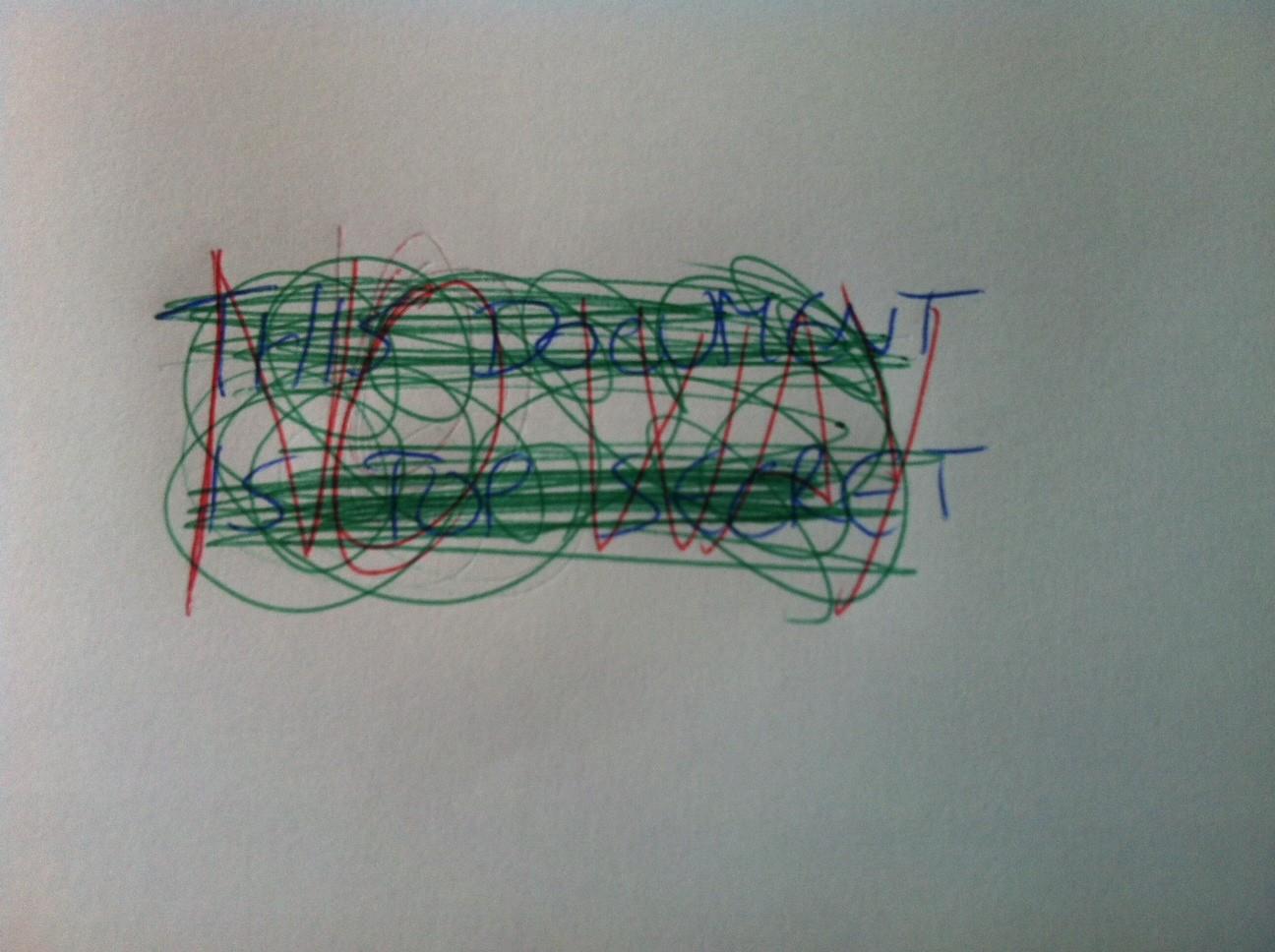

Wide-angle lenses deliver a far wider composition or field of view. Lenses with a short focal distance such as 12mm or 16mm are wide-angle lenses.

The length also tells us the style of the lens and the types of images it will capture. A popular example is an 18-55mm kit lens or a handy 24-70mm zoom. A typical prime could be 35mm, 85mm or 200mm.Ī zoom lens has a variable distance. Prime lenses have a single fixed focal length and can range from as little as 8mm to upwards of 800mm. More precisely, it tells us the optical distance between the focal plane of the camera sensor and the point where the light rays converge to capture crisp focus. What is meant by focal length? The focal length is how much range a lens covers, and it’s always measured in millimeters.

This is very effective especially for complex problems and long chains of filters.Lenses come in all shapes and sizes, and understanding the differences will mean you don’t get tricked at the camera store.Īs for what’s considered a long lens, these are physically much bigger than your average kit lens and cover a greater focal length. You can even modify a filter and see the real time output effects on another one: in this way you can see how modifying some values on a previous filter will modify the final result.

For each step in the process, every filter takes as input the image or video generated by the previous filter and, after the processing, passes the result to their output filter (if any). This concept of filtering allows for very fast, elegant, and predictable workflow. Whether you are loading a video, exporting a sequence, applying some denoising, selecting frames, taking measurements and so on. This means that no rendering, modifying, altering or disturbing original evidence is done. With Five, our core philosophy in designing the product is that everything is done by simply applying a filter. If this is the key evidence in a case, the case is likely to be lost. The current judicial trend in admission of digital evidence shows that undocumented or modified files have a strong chance of being excluded. In the law enforcement arena, courts, judges, prosecutors, and defense attorneys can sense the weakness of evidence and exclude it if there is any manipulation that has been done. Maintaining the original evidence integrity is a key element in the design of Amped Five. George Reis, Forensic Image Analyst at Imaging Forensics and author of Photoshop CS3 for Forensics Professionals Although I have many tools in my image processing toolbox, I have added Five and am using it often. The interface is different, but very intuitive, enabling users to be up and running in a very short time. Whether one needs to deblur a single image or stabilize a video, it can all be done with the same application. Since Five is self-contained, it can help to dramatically reduce the time required to process data and improves the success rate of the treated cases, from the restoration of low quality CCTV video to fingerprint analysis.Īmped Five has brought the key clarification tools for both video and still images into a single package that is both fast and impressive. Thanks to its revolutionary technology, Amped Five allows investigators to solve a wide range of problems which are otherwise easily missed. Through processing and analyzing both still and video images, then utilizing a clear workflow to present evidence that withstands the scrutiny of the courtroom, Amped Five is the forensic investigator's trusted partner. Its primary purpose is to provide forensic investigators a complete and unique solution to process and analyze digital images and video data in a simple, fast and precise way.
AMPED FIVE STABILIZATION SOFTWARE
Amped Five is a world leader in image processing software specifically designed for investigative, forensic and security applications.


 0 kommentar(er)
0 kommentar(er)
